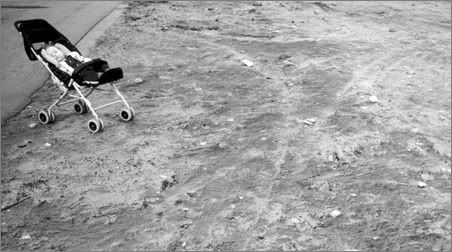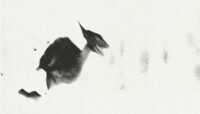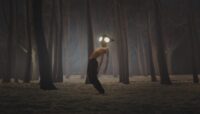
“Keep Me There”
from the album Space is Only Noise
2011
iTunes
Mozart may have composed his Symphony No. 1 when he was only eight years old but it’s got nothing on Nicolas Jaar’s debut album, Space is Only Noise. Jaar was born in Brooklyn, grew up in Chile, and now at 20 years old, the young producer and electronica virtuoso has just released his first LP on Circus Company while still in his junior year at Brown University. Jaar’s popularity has skyrocketed since his debut EP in 2007 that challenged the defining parameters of electronic music. There are no better examples of brilliant musical defiance in his repertoire than the 14 tracks on Space is Only Noise. Some may try to classify the album as lounge music, but it really is so much more than that. Jaar claims that groups like Portishead and Massive Attack had a great influence on him while producing the LP — an impact that is apparent on many of the tracks.
Jaar has some serious balls — the kind of balls needed to dive headfirst into a scene dominated by upbeat tempos with ground-rattling bass and slow everything down to make the music about something completely different. Space is Only Noise is framed by its melancholy intro and outro that cement the album as a cohesive force that can — and should — be listened to from beginning to end. Both tracks sample children laughing and screaming, splashing water, spasmodic electronics and a featured Tom Waits-style voice reciting lines like, “How can you talk about a landscape without showing the sky and the earth,” in both English and French. The album picks up speed on the track “Too Many Kids Finding Rain in the Dust,” layering a diverse array of instrumental samples while plunging into a reverberant eeriness reminiscent of John Zorn’s take on “The Sicilian Clan” by Ennio Morricone.
Every instrument used on the album has a full-bodied quality that puts the listener in awe of Jaar’s talent as a producer. “Keep Me There” exemplifies this feature of his music quite brilliantly, as low frequency vocals fill the role of the bass for the majority of the song. The same track also features an amazing evolution of horn samples that begin as overly chopped snippets with unrecognizable timbres and develop into larger cuts, revealing the organic instruments that the samples are derived from. What will certainly be a fan favorite is Jaar’s trip-hop-style take on a cover of Ray Charles’ “I Got a Woman,” using a sample of Charles’s vocals while lowering the tuning and slowing down the tempo to give it that unique Nicolas Jaar feel.
Space is Only Noise is a paradox. It’s a dance album that can’t be danced to, a lounge album that you actually want to listen to, but most importantly, it’s an electronic album with emotion. Nicolas Jaar pours his heart out in ways that few musicians are capable of and what is truly amazing is that this is his first LP. Expectations should be high for both Space is Only Noise and Jaar’s future as an artist.


